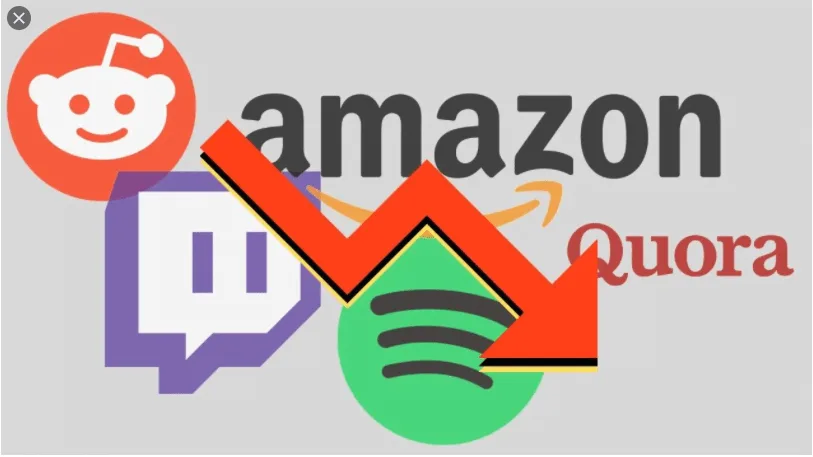On Tuesday, 8 June, the Fastly content delivery network suffered a wide spread outage affecting massive online names and brands including Amazaon, Twitch, Reddit, Spotify, Vimeo, BBC, New York Times, PayPal, Financial Times, UK government website and several others. The outage was first knowledged just before 10:00 UTC
Fastly was quick to responded to the outage and rolled out a fix by 10:57 UTC
Major issues do arise from time to time when CDN goes down. When your CDN goes down you might not be able to receive your web site’s emails or worse still, your web pages might not display properly.
Most often times this is an inconvenience to users as opposed to a complete blackout of the site, which can lead to losses in business and overall reputation of the company. In order to avoid having a major outage like this, make sure that your hosting plan includes a regular CDN maintenance routine.
There are a number of reasons why CDN go down and having regular maintenance can greatly alleviate potential outages. Here are some common issues that can occur with a CDN.
The number one reason CDN go down is due to traffic. As stated above, having regular CDN traffic maintenance can lessen the effects of any major outage. If a major event occurs with a major website like YouTube or Twitter it can bring down the whole CDN. With so much traffic on any particular CDN, if it’s taken down for even a few minutes it can bring the whole system down for a period of time.
Another reason CDN go down is because of human error. There are millions of things that can go wrong with your system at any given time. It’s these smaller problems that can lead to major downtime.
It’s important to have a process for checking and addressing issues as they arise so that they don’t impact the performance of the CDN to a large extent. Having a process in place for checking in on things periodically will significantly reduce the amount of time that any given website will be offline.
Besides human error there can also be problems with the equipment itself. While modern equipment can withstand some pretty high overloads, older equipment can break down more easily.
If the equipment breaks down and cannot address the problem then downtime can occur for a long time. Newer computers use faster circuitry so they’re less likely to break down but even though new technology is very reliable it can still be subject to problems.
The other main reason for a CDN outage is due to routing problems. The way that the internet is constructed and organised now it can be extremely difficult to find your way around.
If a website has to pass through a number of different networks and servers before getting to the end user, it makes it extremely hard to find the website. As a result, if a website has to pass through this sort of process it will be more than temporarily unavailable.
What is a CDN anyway?
A content delivery network, or CDN, is a geographic distributed network of remote servers and their associated data centers. The purpose is to deliver high-end performance and high availability to end-users by efficiently distributing the local service based upon the location of each end user.
CDN can be delivered via a content delivery network (CDN) or a local area network (LAN). The most prominent advantage of using a CDN is that customers can access the Internet from any place in the world at any time. On the other hand, a LAN distributes traffic between computers on different local areas through the use of a common router.
A CDN uses what is called a cache, a virtual memory that consists of a collection of read-only data which can be accessed repeatedly. The cache has been designed to eliminate wasted bandwidth by storing the most frequently used pieces of information while shoving the less frequent data that does not require access.
The process of cache re-use allows cache hogs to be evicted quickly from the system, thus enhancing website performance. Traffic to websites can also be analyzed by network traffic analyzers to determine how well a site is optimized for a particular geographic region.
These types of analysis are especially useful when webmasters need to optimise websites for foreign countries or if they want to test the quality of their web pages for crawler or spider compatibility with different browsers.
As the name indicates, a content delivery network helps end users get access to fast and reliable web pages. The speed at which pages are delivered depends on several factors such as the capacity of the internal servers, the delivery format, the route of the content through the servers, and the quality of the end user’s connection.
Although CDN is an exciting technology that offers a great way to increase a website’s online visibility, it is important to realise that this type of technology does not eliminate the need for server-side coding. In addition, there are still many aspects of the Internet that cannot be accessed through a CDN application.
For example, streaming media and certain types of video are incompatible with CDN methods, as are applications such as chat rooms. It is important to understand the difference between these two types of delivery and choose the one that will work best for your company.







